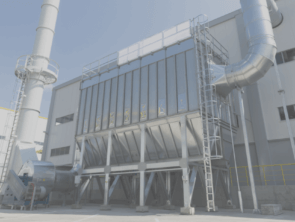
Top Benefits of Domed Labels: Durable & Attention Grabbing
Domed labels feature a robust barrier against various elements while enhancing the visual appearance of your graphic with their polyurethane dome.
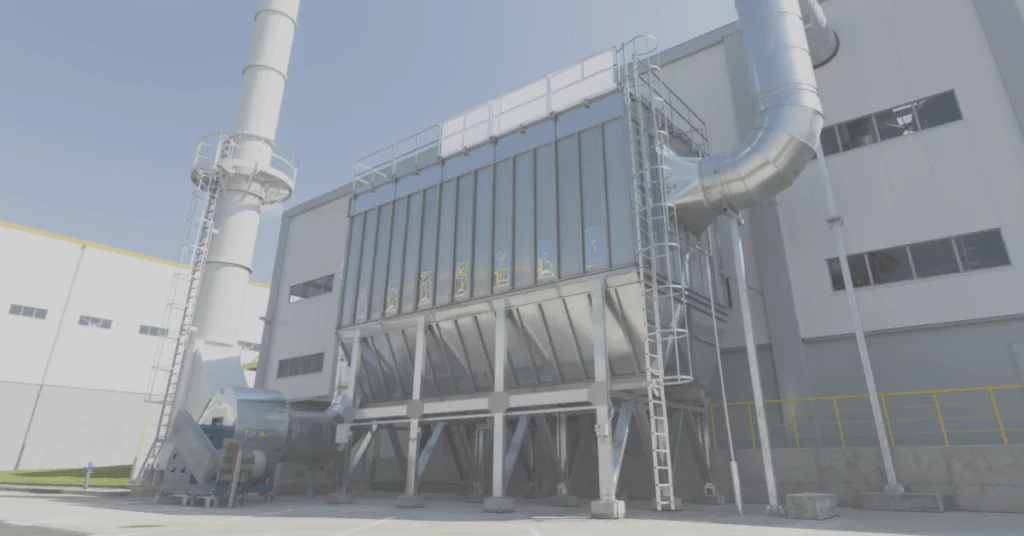
The construction of a metal nameplate can vary depending on the application. A metal nameplate can be built to withstand both indoor and outdoor use, vary in thickness, and have different metal characteristics. Information on metal nameplates can also be printed using different processes. It is important to understand these factors when choosing a metal nameplate that is right for your application. The most popular metal nameplates are: aluminum, stainless steel, zinc, and brass. Each metal has characteristics that make it right for some applications, and less suitable for others. To help you understand which material is most appropriate for your application, we’ve listed key features and benefits of each material.
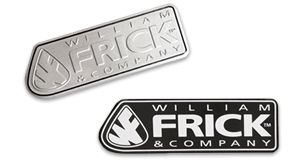
In addition to choosing a material, there are several metal nameplate printing and processing options. Each process is slightly different, and the printing and manufacturing may change based on the application needs.
In the screen printing process, a squeegee is used to force ink through a selectively masked fabric screen that is used as a stencil. Screen printing on metal nameplates provides vivid color and offers good ink durability.
Offset lithographic printing is a process where ink on a metal roller is applied to a cylindrical rubber stamp then transferred to a sheet of metal nameplates. It uses a four-color printing process that creates sharp images. Flexographic printing is similar to offset lithographic printing, however it allows the image to be transferred directly from a rubber roller to the nameplate. Flexographic printing has higher setup costs, but is more cost effective for large production runs.
Embossing a metal nameplate raises the text or logo above the original (normal) surface creating a three dimensional look.
Laser marking uses amplified light to remove material from the surface of a metal nameplate. It is frequently used for barcoding and serialization.
Chemical etching is a process where chemicals are used to remove material from a metal sheet to create a message or logo. The etched area can be filled with color to provide a more visually appealing nameplate. The process of adding color to an etched nameplate is known as etch and fill. Chemically etched nameplates will remain legible even if the surface is painted over or left untreated. Etched metal nameplates are also resistant to abrasion.
The photosensitive process is used to produce anodized aluminum nameplates. It creates a hard anodized layer that is infused with a silver compound which, when exposed to light, creates an activated latent image. This makes the nameplate more durable and corrosion resistant. Known for their extreme printing accuracy and quick turnaround times, anodized photosensitive processed nameplates are commonly used in military and automotive applications.
Stamping is the opposite of embossing. It is used to depress copy below the surface of the metal nameplate. Stamping is often used for applying variable information onto nameplates.
Use this post as a guide to choosing metal nameplates, and to understand the types of customization options available using various printing techniques.

Domed labels feature a robust barrier against various elements while enhancing the visual appearance of your graphic with their polyurethane dome.
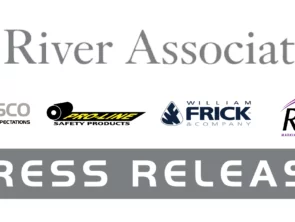
Presco Polymers Opco, Inc. (“Presco”) announced the formation of “Trident Solutions” to better represent its expanded portfolio of companies. The recent acquisition of Pro-line Safety
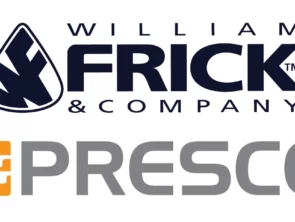
We are very pleased to announce that on Tuesday, December 22 William Frick & Company (WFCo) was acquired by Presco.
Reader Interactions